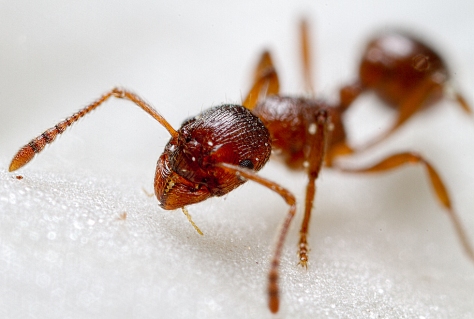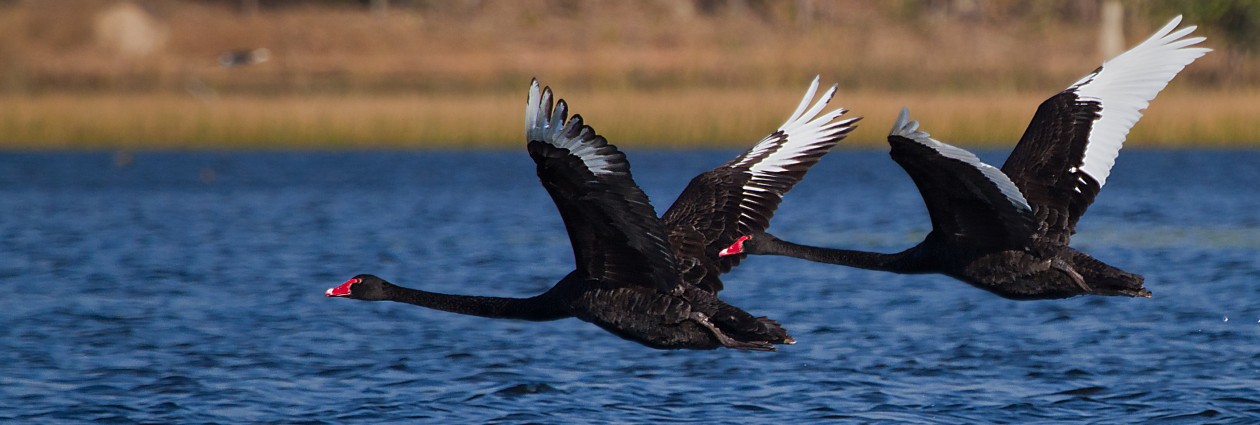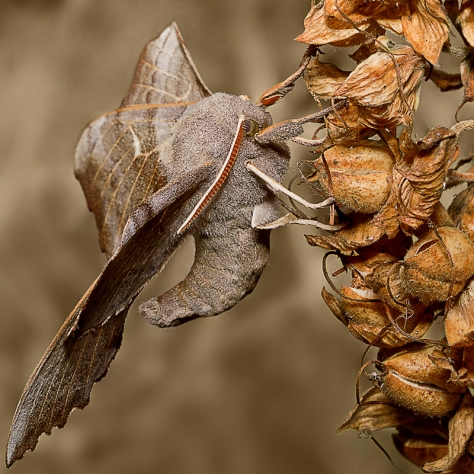
Well, it is a Saturday, and I am sure there are some Macro Monday groups I could find, but I got the sudden urge to balance my postings a bit with a macro photograph!
I also remember my intention to talk about equipment and technique from time to time on my blog, so here come the technical bits and do feel free to read no further and just enjoy the picture if such things do not excite you – I shall completely understand :0)
You can see it is a macro shot, of course, but please believe me, this is not a giant tropical Ant, and this is not an ordinary Macro lens!!
Allow me to introduce you to the remarkable Canon MP-E 65mm f/2.8 1-5x Macro Lens.
This incredible piece of glass really is unlike anything else available from the main camera makers.
Although the term is used loosely for close up work, true macro is 1:1 magnification and above. This means that the image falling on the sensor is the same size as the object.
Such specialist lenses are readily available, but this lens starts where they stop!
It starts at 1X magnification (it can only focus close, so you cannot get smaller magnification or use it for normal photography unlike the standard macro lenses). It then goes to 5X magnification at which point a grain of rice will not fit into the frame.
Before you rush out to buy one, a word of warning. This is a notoriously difficult lens to use:
Autofocus? Absolutely not!
Depth of field? About 0.05mm at f/2.8 and 0.3mm at f/16, both at full magnification
working distance? Less than 2 inches at 5X
Viewfinder visibility? Very dark!!
All of the above mean that lighting is very, very hard indeed!
The short working distance makes getting direct light onto the subject difficult, with shadows being a big problem
You will want plenty of light and a small aperture to get a half decent Depth of Field and the normal solution would be a slow shutter speed.
At this level of magnification any movement is magnified so much that an imperceptible breeze takes this option away.
Unless you have a controlled environment inside, with no breeze, the only realistic option is flash.
Again, normal camera-mounted flash will not work, as the lens will block the beam.
Specialist ring flashes mounted to the front of the lens can work very well and are certainly the most practical option, but cost a fair bit of money.
Many people have made some weird and wonderful rigs as a cheaper alternative, and for this shot I have put a metal foil-lined Pringles Crisps tube over the end of my Canon Speedlite (hotshoe-mounted) and put a diffuser on the other end, angled down over the Ant.
A bit Heath-Robinson, but it has worked surprisingly well!
Another method which has worked for me is to hand hold the Speedlite flash to one side of the lens, with a reflector the other, to balance the light and avoid shadows, and remotely trigger the flash.
I do aim to get hold of a specialist Flash in due course, as this really is the ideal solution in my mind
The nature of the lens means that the view in the viewfinder is very dark (remember, this lens does not autofocus), making manual focus very difficult, and I have found using Live View at full brightness a far easier option.
I absolutely adore this truly fabulous piece of glass, but if you are tempted, please do not get put off by the huge and steep learning curve and be prepared for a low strike rate and frustration in the early days.
Rest assured that when a shot works there are few more satisfying lenses out there :0)







